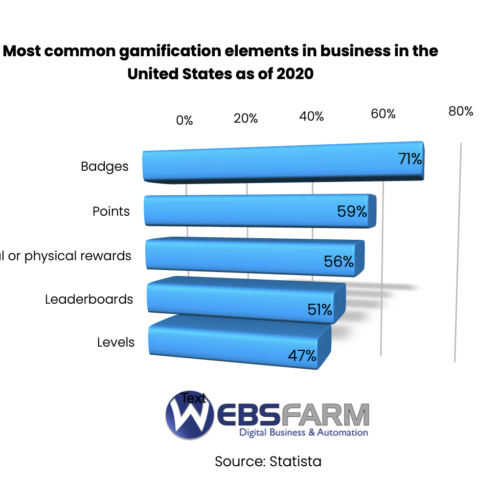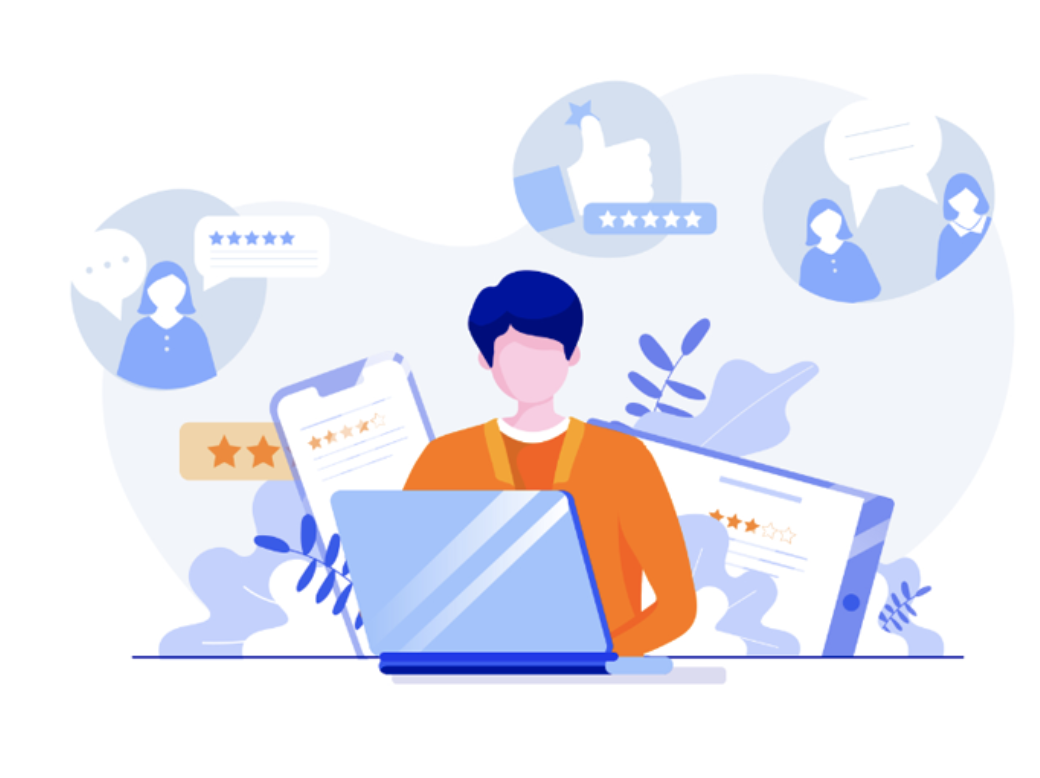5 Procedures to Create Gamification in Your Business
Small businesses have been shying away from gamification because of the emphasis on large, global companies deploying the technology. However, in this post, we’ll discuss how small businesses, or any business, can implement this tool to create innovative programmes that allow them to compete with larger brands.
What is gamification?
Gamification is the application of game-like principles (such as point scoring and competition) to non-game contexts and environments. It can be used in corporate settings to motivate employees and boost efficiency, and can even be used as an online marketing technique to encourage engagement with a product or service.
How can gamification marketing be used effectively in my business?
Because gamification is used to motivate participation, engagement and loyalty, it can be applied to all parts of your business. This can be almost anything, from your website to social media presence, day-to-day operations, customer engagement and more.
Gamification can work both as a way to improve your team and engage potential customers.
How do I implement gamification tools?
There are gamification vendors specialising in different sectors, including education, sales, and customer loyalty. Some gamification platforms include MLevel, LevelEleven, Influitive, and more.
Many small businesses are already implementing different aspects of gamification without even knowing it. For instance, if your business issues loyalty cards, or gives out a coupon in exchange for an email address, those are forms of gamification. The vast amount of gamification solutions employed by larger companies can be equally applied by a small business. Users, despite the size of the enterprise, are interacting with the same technology across the board – enabling the effects of gamification to reach all audiences.
What are the benefits of gamification?
Gamification delivers tangible results. In fact, measure and prove your results with the help of analytics tools. For businesses, gamification can boost both internal and external social media engagement. This means both your colleagues and followers of your brand will increase their activity and engage more. This also includes things like:
- Increased website traffic
- Higher conversion rates and less time for conversions to occur
- Decreased onboarding time
5 examples of gamification in business
Gamified quiz or assignment
In this type of gamification, the employee/customer has to navigate through a series of roadblocks, answer questions to move ahead, and gain bonuses along the way. This is an entry-level form of gamification which can be used within eLearning, eCommerce, or even as a micro-challenge in a microlearning journey. On this type of journey, people are encouraged to achieve more (points, bonuses and knowledge) because they receive positive reinforcement as they proceed.
Game-based learning
In this situation, the entire learning/buying journey is a game. Or adapted to one. Game-based learning features scores, leaderboards, and badges to track user progress. Learning is achieved through mini-game scenarios that both motivate and challenge users while using varied learning formats to address different learner styles and proficiency levels. In each level of the game, learners will be able to apply the knowledge they have gained in real-time.
Learning path
While also featuring scores, leaderboards and badges, this reflects a learning path that has challenges accumulating to achieving proficiency at different levels. For instance, businesses use gamified product training technology to showcase the features and functions of various products for learners belonging to a unique category. During this type of learning, each topic represents a level. As learners progress, they will complete challenges, and earn points, badges and trophies along the way. To further impart a sense of social recognition, these types of games also typically feature dashboards and leaderboards.
Learning portal
Gamified portals can be used for employee onboarding, or even for customer loyalty programs. They integrate concepts like personalisation, social learning and microlearning while retaining essential scoring mechanisms (badges, leaderboards, points). Here, the learning journey is broken down into microlearning chunks like videos, infographics, activities, games, etc. wherein the learners’ progress is tracked within the portal. HubSpot, for instance, incorporates this idea into their HubSpot Academy.
Comprehensive gamified learning experience
Here, virtual reality, gamification, personalisation, microlearning, 3D virtual environments, and social learning elements come together to amplify the learner’s sense of urgency and reality. In this gamification experience, learners will typically take on or enact a role and virtually be responsible for what that role entails. For example, if your role is a club owner, then the game will revolve around building up club assets while completing challenges. Learners will be expected to spend/earn money, gain expertise, and acquire badges.
Conclusion
I hope these examples of gamification provide insight on how you can use various levels of gamification to vastly improve the impact of your internal business and marketing efforts. All businesses can benefit from gamification by significantly increasing employee/customer engagement through motivational, challenging and fun learning procedures.



